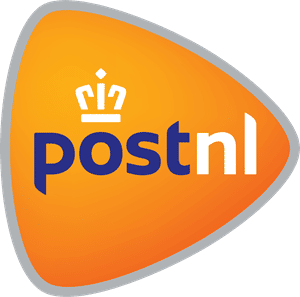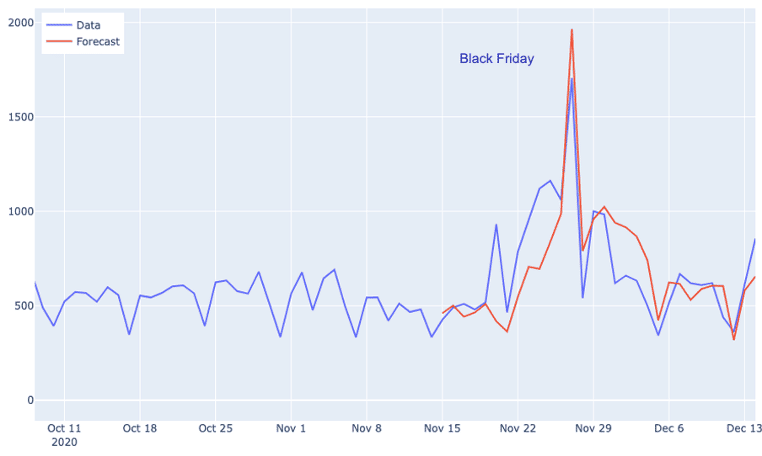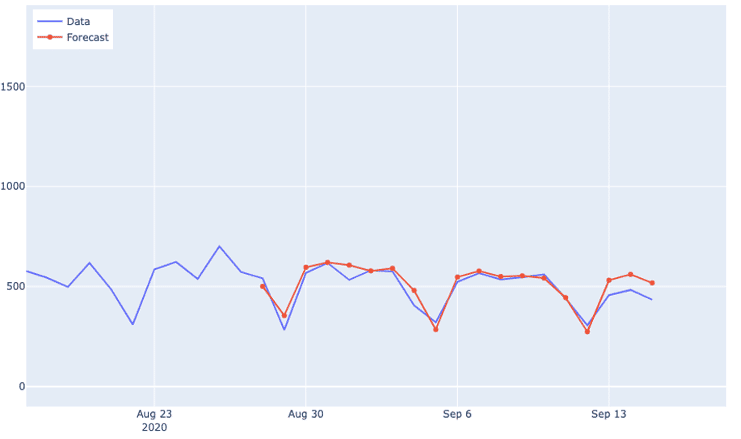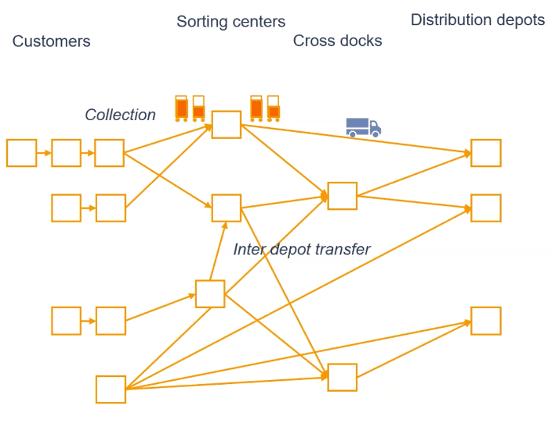
Case: PostNL
One of PostNL’s most important services is to transport parcels ordered at webshops (PostNL customers) to consumers. This service is provided at an enormous speed and accuracy and at incredibly high volumes. As a consequence, highly efficient business processes are required to maintain this service in a cost effective way.
The PostNL process for transporting parcels from web shops to consumers is subdivided into separate processes that can be studied and optimized more or less independently: collection, first sorting (to level of rough destination area), transport (cross docking), second sorting (to consumer addresses) and distribution from second sorting center to consumer. All these processes require the planning of capacities, e.g.: numbers of parcel containers, numbers of trucks, their driving schedules, the number of sorting belts at the sorting centers, the amount of labor capacity. Obviously, capacity planning is strongly dependent on the expected number of parcel containers, parcels, their sizes and expected destinations. The better these expected numbers can be forecasted, the more efficiently capacities can be planned and therefore accurate forecasting is crucial.
This is a Level 2 graduation case from the Professional Education program.

Why partner up with JADS
JADS provides innovative data science programs at undergraduate, graduate and postgraduate level, conducts cutting edge data science research and offers great business opportunities with a continually growing ecosystem. From startups to SMEs and large corporates, our business partners gain access to talent, high level knowledge and business opportunities.
Partner up with JADS like 300+ other organizations and businesses and shape your data-driven future






